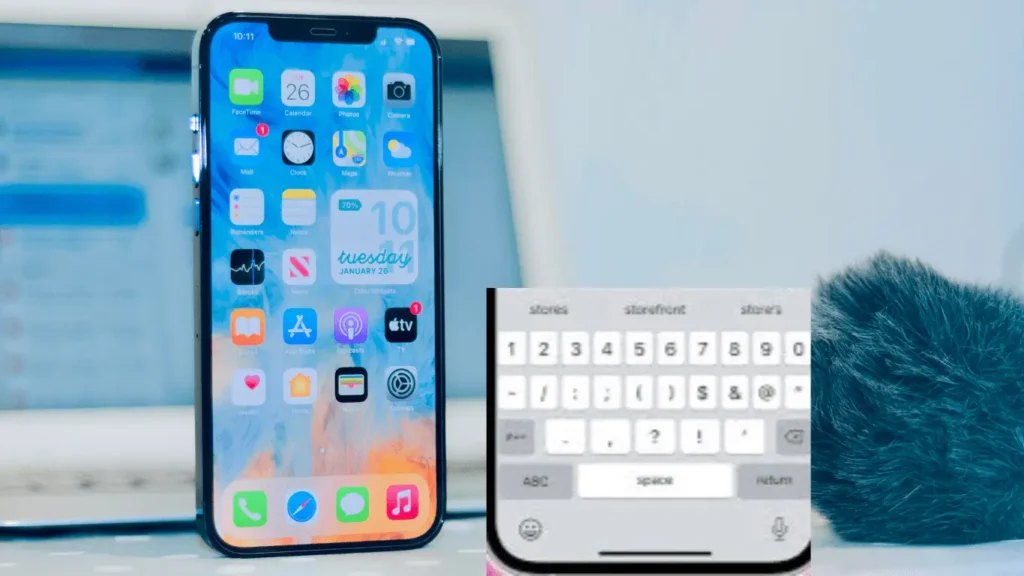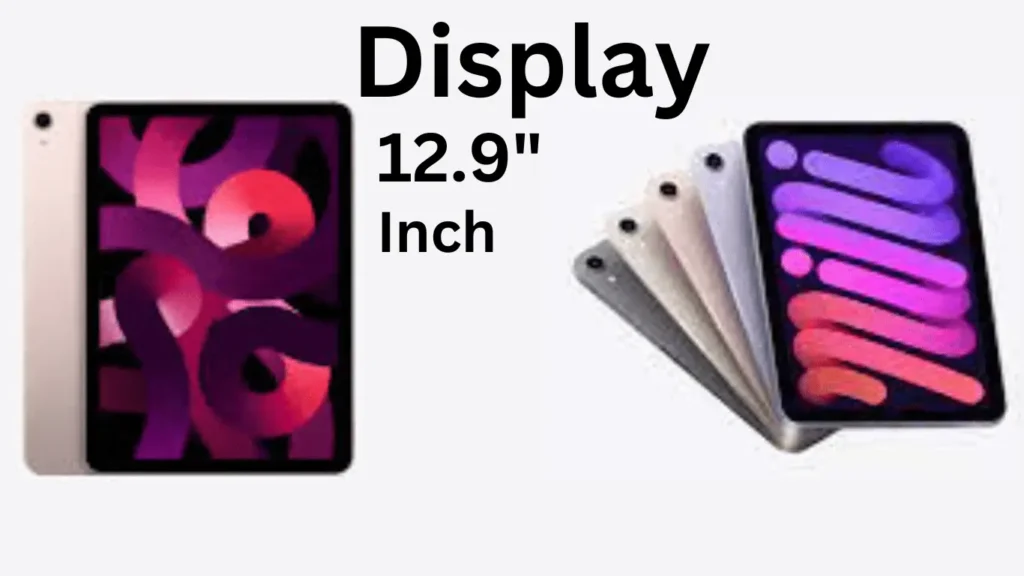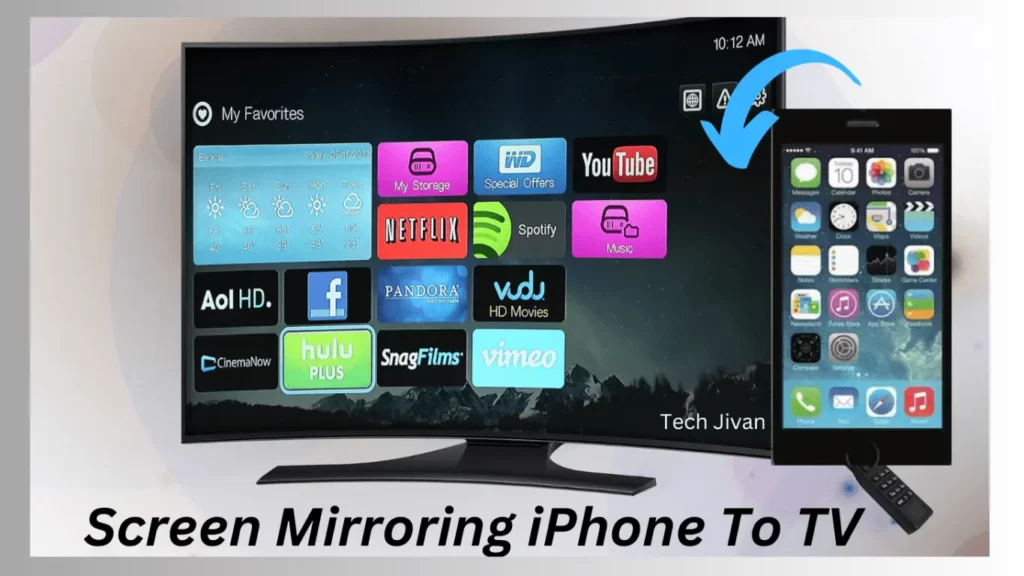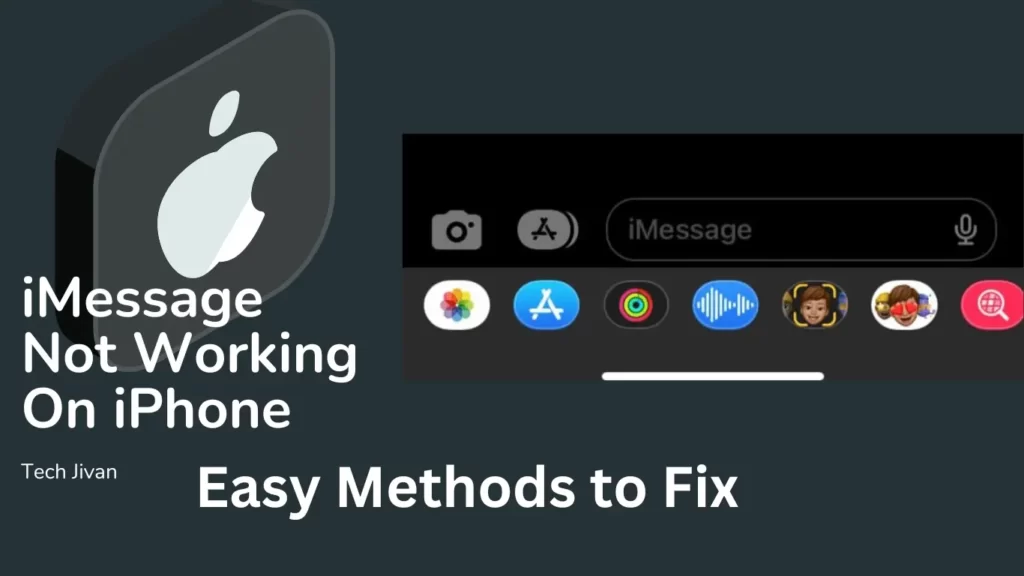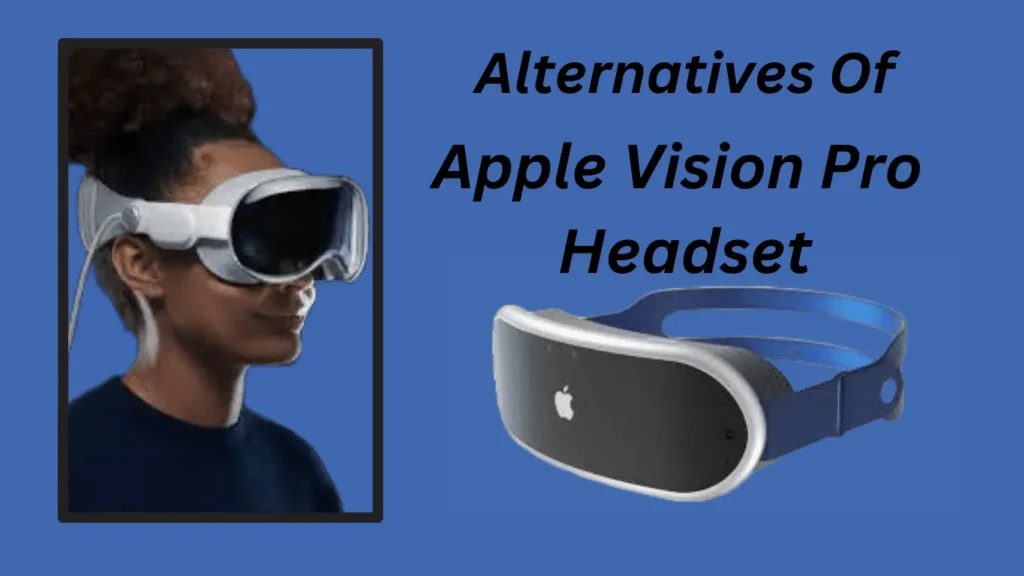
The Apple users are excited about the recently introduced Apple Vision Pro headset in mixed reality. This innovative device will likely lead to a new age of Spatial Computing, where it creates a virtual world that is not the usual 3D reality.
Nevertheless, amid much excitement surrounding its launch, there are many other excellent alternatives competing for attention, each with its particular benefits. In this article, we’ll look at the top five alternatives to the Apple Vision Pro Headset in 2024.
Table of Contents
The Top 5 Best Apple Vision Pro Headset Alternatives In 2024
Meta Quest Pro
The most viable alternative to the Apple Vision Pro in terms of both performance and price is the Meta Quest Pro, which is closest to the former.
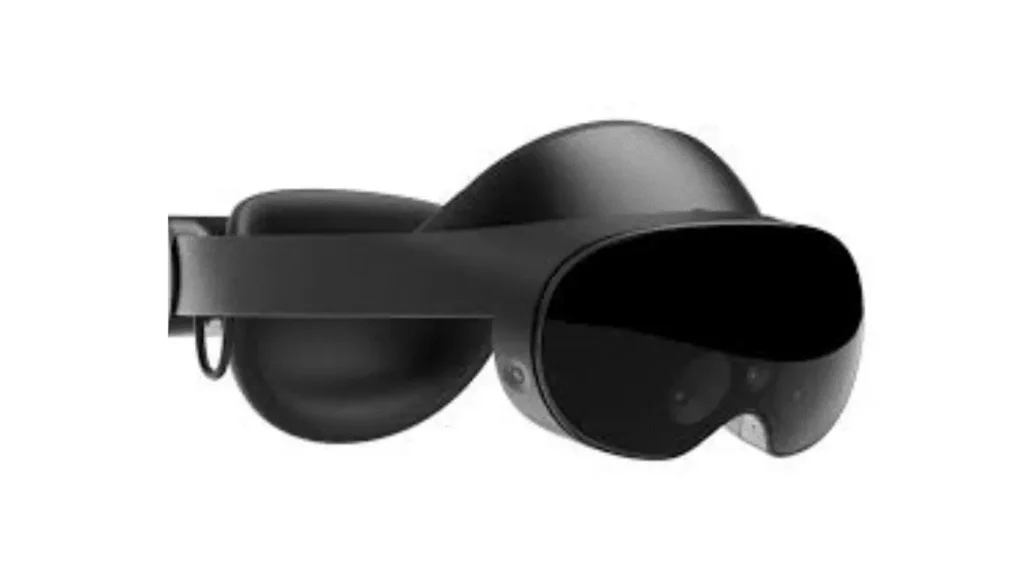
This is a mixed-reality headset that resembles the Vision Pro; it has the ability to integrate virtual elements into reality as a result of the camera incorporated into this device.
The Meta Quest Pro has a Qualcomm Snapdragon XR2+ chip, 12GB of RAM, and 256GB of internal storage. It goes head-to-head competitively.
One of the most noticeable differences is in display technology; the Vision Pro has a micro-OLED display, while the Meta Quest Pro offers a mini-LED display.
The headset includes a pair of hand controllers, and the extensive library of apps and games enhances its appeal as a solid alternative to the Vision Pro, with a starting price of $999.
XREAL Air 2 Ultra
Introduced at CES 2024, the XREAL Air 2 Ultra positions itself as a “spatial computing platform” and is available for pre-order. Unlike the Apple Vision Pro’s headset design, the XREAL Air 2 Ultra is an AR glass, offering a different approach.

This headset is equipped with dual 3D environment sensors that swiftly map the real world and provide 6DoF spatial and hand tracking.
Weighing only 80 grams and housed in a titanium package, it features a wide 52-degree field of view and 42-pixel-per-degree sharpness and is priced at $699.
While not a direct alternative in terms of design, XREAL claims its AR glasses are a budget-friendly option compared to the Apple Vision Pro. The spatial computing capabilities are enabled by front-facing dual 3D environment sensors and Qualcomm Snapdragon processors.
It is compatible with various devices, including Samsung Galaxy S23 or S22, iPhone 15, or any Mac or Windows machine running XREAL’s Nebula launcher.
Read Also: WhatsApp Web To Introduce Chat Lock For Enhanced Privacy
HTC Vive XR Elite
One of the top VR headsets at last year’s CES and MWC, the HTC Vive XR Elite offers a versatile design with detachable straps, a battery pack, and a goggle-shaped headset complemented by two touch controllers.

Additionally, it comes with two touch controllers. With the Snapdragon XR2 chip as its driving force, this high-end headset offers remarkable capabilities.
It comes equipped with 12GB of RAM and 128GB of storage, allowing for seamless performance and the ability to run VR applications and games at 4K resolution with a silky smooth 90Hz refresh rate.
The visual experience becomes even better with the use of upgraded pancake lenses featuring two LCD displays. These displays have a resolution of 1920 x 1920 pixels per eye.
The XR Elite supports both wired and wireless connection to a PC for VR content, 6DoF inside-out tracking, a wide field of view at 110 degrees, and vibrant passthrough capabilities. Its price is $1,499, and it is a premium competitor to the Apple Vision Pro.
Read Also: The Best JBL Portable Speakers For Great Musical Experience
Magic Leap 2
Magic Leap 2 takes a unique approach as an AR device, allowing users to maintain a view of their surroundings while integrating digital content seamlessly.

Consisting of dark gray goggles connected to a computer-like puck, the Magic Leap 2 offers three variants: a base model for general users, a developer Pro version, and an enterprise variant.
Priced at $3,499, the base variant features a 6DoF controller for hand-eye tracking and hand tracking, up to a 70-degree field of view, and 1440 x 1760 pixel resolution with a 120 Hz refresh rate.
The Magic Leap 2 goggles are powered by an AMD 7nm Quad-core Zen 2 chipset. This headset is equipped with 16GB of RAM and offers a massive 256GB of storage capacity.
The Magic Leap 2 uses multilayered lenses to project holographic images into the surroundings. It maintains a user’s view of the real world while incorporating digital content seamlessly.
Meta Quest 3
Announced just a week before Apple introduced the Vision Pro, the Meta Quest 3 features breakthrough mixed reality to deliver immersive experiences to users.

It features the Snapdragon XR Gen 2 processor, which is technically superior to the Quest Pro. While it has 8GB of RAM, half of what the Apple Vision Pro offers, it compensates with affordability.
Available in 128GB ($499) and 512GB ($649) storage capacities, the Meta Quest 3 enhances visual prowess with improved screens and lenses, boasting two LCDs with a 2064 x 2208 pixels resolution.
Furthermore, it offers the option to purchase $49.99 prescription lenses from Zenni Opticals, akin to what Zeiss offers for the Vision Pro. With a focus on providing powerful mixed reality experiences, the Meta Quest 3 aims to be a strong contender at a starting price of $499.
Read Also: Elon Musk Unveils Successful Neuralink Brain Implant In Human: Here’s The Details
Conclusion
A diverse range of mixed-reality headsets offer alternatives for various preferences and budgets. Whether one opts from the options given in this article.
Each device brings its unique features to the table, promising an immersive and captivating experience in the evolving world of Spatial Computing. Hope you liked this post, please share it with others also who are seeking Apple Vision Pro headset alternatives.



